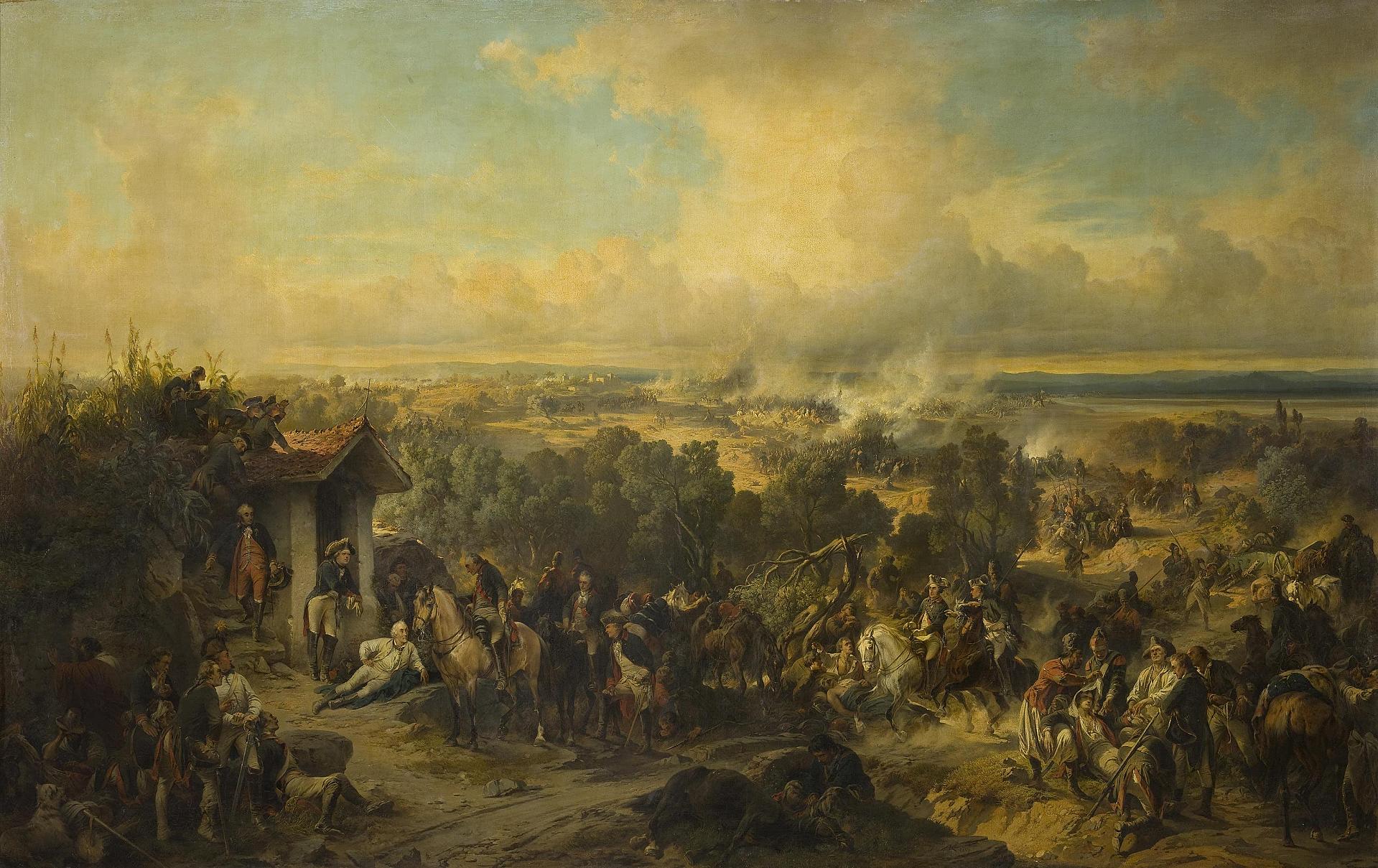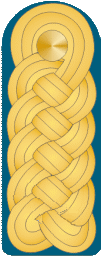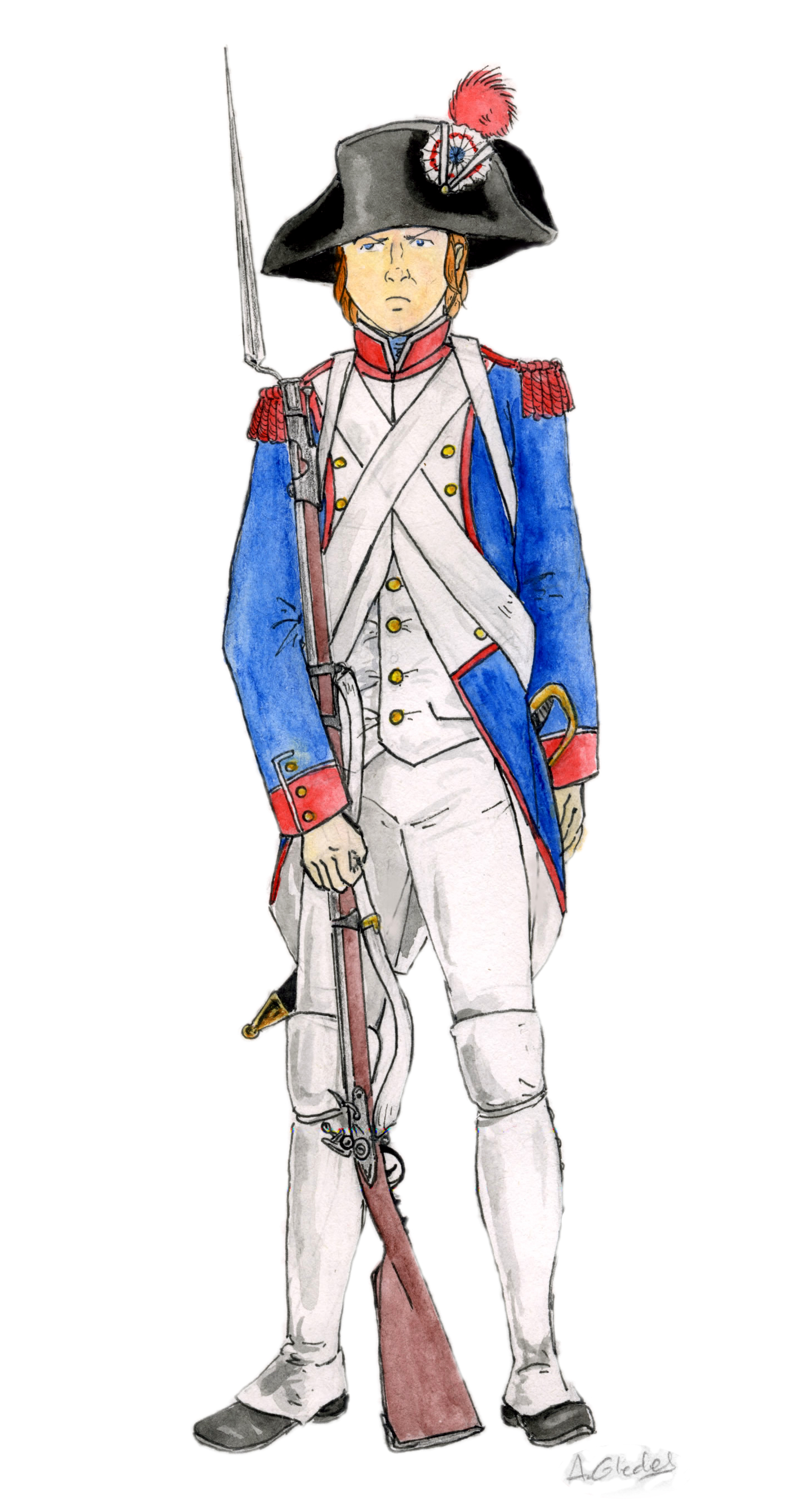|
Joseph Hélie Désiré Perruquet De Montrichard
Joseph Hélie Désiré Perruquet de Montrichard (24 January 1760, Thoirette – 5 April 1828) was a French general of the French Revolutionary Wars and Napoleonic Wars. His name is inscribed on the north side of the Arc de Triomphe. Montrichard commanded the right wing at the Battle of Trebbia in June 1799. In his final action, he surrendered Dubrovnik to an Anglo Austrian force under William Hoste in January 1814. He comes from thhouse of Montrichard a very old family of French nobility. Early career After entering the in August 1781 and in 1782, Joseph Hélie Désiré Perruquet de Montrichard transferred to the artillery school at Besançon. In 1783, he was commissioned as a sous-lieutenant and joined the artillery regiment at Strasbourg. In 1786, Montrichard was promoted to lieutenant and then in 1791, he was promoted to captain. He served at Metz and then Besançon and then in 1793, he joined the Army of the Rhine and was promoted to chef de bataillon. In 1795, Montrichard ... [...More Info...] [...Related Items...] OR: [Wikipedia] [Google] [Baidu] |
Thoirette
Thoirette is a former commune in the Jura department in the Bourgogne-Franche-Comté region of eastern France. On 1 January 2017, it was merged into the new commune Thoirette-Coisia Thoirette-Coisia () is a commune in the department of Jura, eastern France. The municipality was established on 1 January 2017 by merger of the former communes of Thoirette (the seat) and Coisia. 19 December 2016 Population Personalities Thoirette is the birthplace of the anatomist Xavier Bichat (1771–1802), whose house still exists in the older part of town. ...[...More Info...] [...Related Items...] OR: [Wikipedia] [Google] [Baidu] |
Chef De Brigade
Chef de brigade was a military rank in the French Royal Artillery and in the revolutionary French armies. Before the revolution ''Chef de brigade'' was equivalent to major in the French Royal Corps of Artillery. Each regiment of artillery was divided into two battalions, each of two brigades under the command of a ''chef de brigade''. This rank was given to the best of the ''Capitaines en premier'' (first captains) in a regiment, commanding an artillery brigade that would be able to support an army division.Alder, Ken (2010). ''Engineering the Revolution: Arms and Enlightenment in France, 1763-1815.'' The University of Chicago Press, p. 80. During and after the revolution ''Chef de brigade'' was equivalent to colonel, in the French Revolutionary army, in command of a demi-brigade. Both that unit (replacing a regiment) and that rank (replacing the rank of mestre de camp) were created at the same time, in 1793. The two designations disappeared just before the institution of th ... [...More Info...] [...Related Items...] OR: [Wikipedia] [Google] [Baidu] |
Pastrengo
Pastrengo is a ''comune'' (municipality) in the Province of Verona in the Italian region Veneto, located about west of Venice and about northwest of Verona. As of 31 December 2004, it had a population of 2,486 and an area of .All demographics and other statistics: Italian statistical institute Istat. The municipality of Pastrengo contains the ''frazione'' (subdivision) Piovezzano. Pastrengo borders the following municipalities: Bardolino, Bussolengo, Cavaion Veronese, Lazise, Pescantina, and Sant'Ambrogio di Valpolicella. Pastrengo is known for the Battle of Pastrengo which was fought between the Piedmontese and Austrian armies on 30 April 1848, in the course of the First Italian War of Independence The First Italian War of Independence ( it, Prima guerra d'indipendenza italiana), part of the Italian Unification (''Risorgimento''), was fought by the Kingdom of Sardinia (Piedmont) and Italian volunteers against the Austrian Empire and other .... The local parish church i ... [...More Info...] [...Related Items...] OR: [Wikipedia] [Google] [Baidu] |
Général De Division
Divisional general is a general officer rank who commands an army division. The rank originates from the French (Revolutionary) System, and is used by a number of countries. The rank is above a brigade general, and normally below an army corps general. The rank is mostly used in countries where it is used as a modern alternative to a previous older rank of major-general or lieutenant-general. Specific countries Brazil The Brazilian rank ''general-de-divisão'' translates literally as "general of division", and is used by the army. This rank is equivalent to lieutenant-general. The air force equivalent is ''major-brigadeiro''(literally "major-brigadier"). The navy equivalent is ''vice-almirante'' (literally, vice-admiral) Chile The Chilean rank ''general de división'' translates literally as "general of division", and is used by the army. This rank is equivalent to lieutenant-general. The air force equivalent is ''general de aviación'' (literally "aviation general"). These ... [...More Info...] [...Related Items...] OR: [Wikipedia] [Google] [Baidu] |
Barthélemy Catherine Joubert
Barthélemy Catherine Joubert (, 14 April 1769 – 15 August 1799) was a French general who served during the French Revolutionary Wars. Napoleon Bonaparte recognized his talents and gave him increased responsibilities. Joubert was killed while commanding the French army at the Battle of Novi in 1799. Early life and career The son of an advocate, Joubert was born at Pont-de-Vaux ( Ain), and ran away from school in 1784 to enlist in the artillery. He was brought back and sent to study law at Lyon and Dijon. In 1791, during the French Revolutionary Wars, he joined the French Revolutionary Army regiment of the Ain, and was elected by his comrades successively corporal and sergeant. In January 1792 he became '' sous-lieutenant'', and in November lieutenant, having in the meantime experienced his first campaign with the army of Italy. In 1793, Joubert distinguished himself by the defence of a redoubt at the Col de Tende in north-west Italy, with only thirty men against a battali ... [...More Info...] [...Related Items...] OR: [Wikipedia] [Google] [Baidu] |
Louis-Gabriel Suchet
Louis-Gabriel Suchet (2 March 1770 – 3 January 1826), Duke of Albufera (french: Duc d'Albuféra), was a French Marshal of the Empire and one of the most successful commanders of the French Revolutionary and Napoleonic Wars. He is regarded as one of the greatest generals of the Napoleonic Wars. Early life Suchet was born to a silk manufacturer in Lyon. He originally intended to follow his father's business but, serving as a volunteer in the cavalry of the National Guard at Lyon, he displayed abilities which secured rapid military promotions. Revolutionary Wars In 1793, he was serving as a battalion chief (') when he captured the British general Charles O'Hara at Toulon. During the 1796 Italian campaign, he was severely wounded at Cerea on 11 October. In October 1797, he was promoted to command of a half-brigade ('). In May 1797, Suchet was one of three lieutenant colonels of the 18th Infantry Demi-brigade, with little hope of advancement. He was sent to Venice to ... [...More Info...] [...Related Items...] OR: [Wikipedia] [Google] [Baidu] |
Army Of Italy (France)
The Army of Italy (french: Armée d'Italie) was a field army of the French Army stationed on the Italian border and used for operations in Italy itself. Though it existed in some form in the 16th century through to the present, it is best known for its role during the French Revolutionary Wars (in which it was one of the early commands of Napoleon Bonaparte, during his Italian campaign) and Napoleonic Wars. History Bonaparte's reforms Poorly supplied (uniforms and shoes were rare), and only getting reinforcements irregularly, the Army of Italy was sometimes reduced to looting to survive. When Bonaparte arrived (he took up command on 27 March 1796), indiscipline was rife. Chouan songs were sung by the troops, and a company of the Dauphin was formed. All the while improving the supply system as much as possible, Bonaparte also reestablished discipline. He condemned officers who had cried ''Vive le roi !'', (English: "Live the king!"), dismissed the 13th regiment of hus ... [...More Info...] [...Related Items...] OR: [Wikipedia] [Google] [Baidu] |
Suvorov Trebbia
Alexander Vasilyevich Suvorov (russian: Алекса́ндр Васи́льевич Суво́ров, Aleksándr Vasíl'yevich Suvórov; or 1730) was a Russian general in service of the Russian Empire. He was Count of Rymnik, Count of the Holy Roman Empire, Prince of the Kingdom of Sardinia, Prince of the Russian Empire and the last Generalissimo of the Russian Empire. Suvorov is considered one of the greatest military commanders in Russian history and one of the great generals of the early modern period. He was awarded numerous medals, titles, and honors by Russia, as well as by other countries. Suvorov secured Russia's expanded borders and renewed military prestige and left a legacy of theories on warfare. He was the author of several military manuals, the most famous being ''The Science of Victory'', and was noted for several of his sayings. He never lost a single battle he commanded. Several military academies, monuments, villages, museums, and orders in Russia are dedicate ... [...More Info...] [...Related Items...] OR: [Wikipedia] [Google] [Baidu] |
Army Of Mainz
The Army of Mainz or Army of Mayence (''Armée de Mayence'') was a French Revolutionary Army set up on 9 December 1797 by splitting the Army of Germany into the Army of Mayence and the Army of the Rhine. Part of it split off on 4 February 1799 to form the Army of Observation, though part of that army then re-merged as the Army of Mayence on 28 March that year. The remainder formed the Army of the Danube. In 1793, the French soldiers captured in the Siege of Mainz were paroled by the Prussians with the promise not to fight against the First Coalition for one year. As their parole conditions did not prohibit them from fighting French rebels in the interior, the troops were sent to fight in the War in the Vendée under the unofficial name "Army of Mayence". This body was absorbed into the Army of the West on 6 October 1793. Army of Mayence 1793 Army of Mayence (or Mainz) was also the unofficial title of the 16,000-man garrison that surrendered on 23 July 1793 at the conclusion of ... [...More Info...] [...Related Items...] OR: [Wikipedia] [Google] [Baidu] |
Siege Of Kehl (1796–97) ...
The siege of Kehl may refer to one of four sieges of the fortress above the town of Kehl, located in present-day southwestern Germany, across the Rhine River from Strasbourg: * Siege of Kehl (1678), during the Franco-Dutch War * Siege of Kehl (1703), during the War of the Spanish Succession * Siege of Kehl (1733), during the War of the Polish Succession * Siege of Kehl (1796), during the French Revolutionary Wars {{DEFAULTSORT:Siege Of Kehl Kehl Kehl (; gsw, label= Low Alemannic, Kaal) is a town in southwestern Germany in the Ortenaukreis, Baden-Württemberg. It is on the river Rhine, directly opposite the French city of Strasbourg, with which it shares some municipal servicesfor exa ... [...More Info...] [...Related Items...] OR: [Wikipedia] [Google] [Baidu] |
Battle Of Schliengen
At the Battle of Schliengen (24 October 1796), the French Army of the Rhine and Moselle under the command of Jean-Victor Moreau and the Austrian army under the command of Archduke Charles of Austria both claimed victories. The village of Schliengen lies in the present-day Kreis Lörrach close to the border of present-day Baden-Württemberg (Germany), the Haut-Rhin (France), and the Canton of Basel-Stadt (Switzerland). During the French Revolutionary Wars, Schliengen was a strategically important location for the armies of both Republican France and Habsburg Austria. Control of the area gave either combatant access to southwestern German states and important Rhine crossings. On 20 October Moreau retreated from Freiburg im Breisgau and established his army along a ridge of hills. The severe condition of the roads prevented Archduke Charles from flanking the French right wing. The French left wing lay too close to the Rhine to outflank, and the French center, positioned i ... [...More Info...] [...Related Items...] OR: [Wikipedia] [Google] [Baidu] |
Jean Victor Marie Moreau
Jean Victor Marie Moreau (, 14 February 1763 – 2 September 1813) was a French general who helped Napoleon Bonaparte to power, but later became a rival and was banished to the United States. Biography Rise to fame Moreau was born at Morlaix in Brittany. His father was a successful lawyer, and instead of allowing Moreau to enter the army, as he attempted to do, insisted on Moreau studying law at the University of Rennes. Young Moreau showed no inclination for law, but reveled in the freedom of student life. Instead of taking his degree, he continued to live with the students as their hero and leader, and formed them into a sort of army, which he commanded as their provost. When 1789 came, he commanded the students in the daily affrays which took place at Rennes between the young noblesse and the populace. In 1791, Moreau was elected a lieutenant colonel of the volunteers of Ille-et-Vilaine. With them he served under Charles François Dumouriez, and in 1793 the good order ... [...More Info...] [...Related Items...] OR: [Wikipedia] [Google] [Baidu] |



.jpg)



